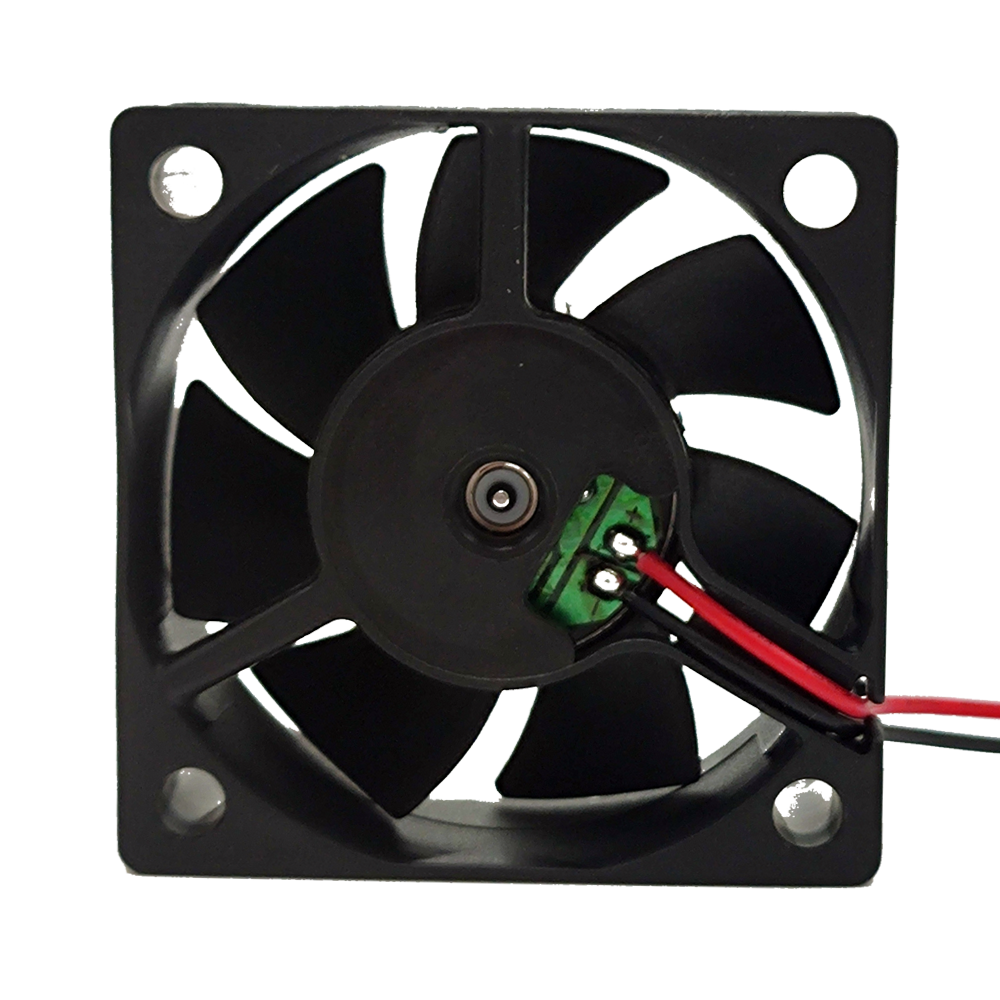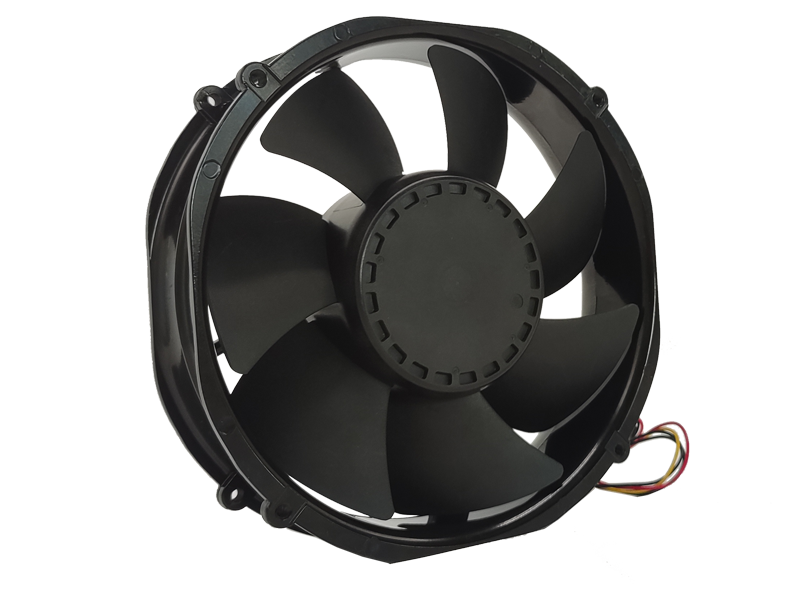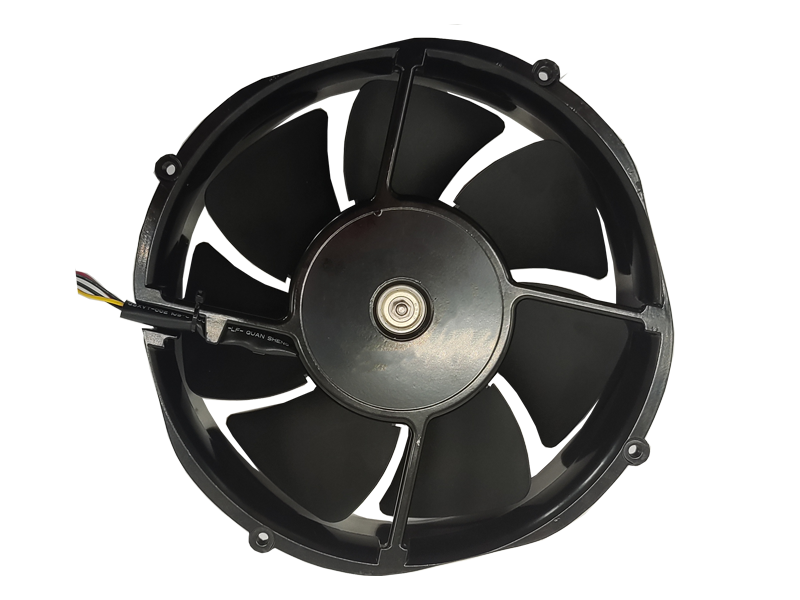Industrial fans are an integral part of modern industrial ventilation systems. They are designed to control the temperature, humidity, and air quality of large industrial spaces, ensuring a safe and productive work environment. The efficiency, performance, and durability of these fans play a critical role in the success of manufacturing processes, cooling systems, and air handling systems. This article will explore the engineering excellence and customization options that have transformed industrial fan design and their applications in various sectors.
1. Engineering Design Considerations in Industrial Fans
The design of an industrial fan is a complex process that requires a deep understanding of airflow dynamics, mechanical engineering, and material science. Engineers must consider factors such as airflow volume, pressure, noise levels, and energy efficiency to deliver a fan that meets the specific needs of the application.
(1) Airflow and Pressure Requirements
The most fundamental consideration in fan design is determining the airflow and pressure requirements of the space or system. Airflow is typically measured in cubic feet per minute (CFM) or liters per second (L/s), and pressure is measured in inches of water gauge (in WG). The fan must be capable of providing the necessary airflow to move the required volume of air through the system, overcoming any resistance from ducts, filters, or other obstructions.
In some applications, the fan needs to generate high static pressure to overcome airflow resistance. For example, in industrial air handling systems, centrifugal fans are often used to generate high-pressure airflow, which is necessary to push air through long ductwork or filters.
(2) Noise and Vibration Control
Industrial fans are often operating in environments where noise and vibration can be disruptive to workers and machinery. Engineers must design fans with noise reduction features, such as quieter motors, vibration isolation mounts, and aerodynamically optimized fan blades that minimize turbulence.
Advancements in motor technology have led to quieter, more efficient motors, such as permanent magnet synchronous motors (PMSM). These motors offer a reduction in both energy consumption and noise compared to traditional induction motors. Additionally, vibration isolation techniques help reduce the transmission of noise and vibrations throughout the fan housing and connected structures.
(3) Energy Efficiency
Energy efficiency is a critical design consideration in industrial fan manufacturing. With rising energy costs and increasing awareness of sustainability, engineers must design fans that consume minimal power while maintaining optimal performance. The integration of variable speed drives (VSDs) has become a common practice in fan systems, allowing fans to operate at different speeds depending on the demand for airflow.
Energy-efficient fan designs, coupled with advanced motor technologies such as brushless DC motors, help minimize energy consumption, reduce operational costs, and contribute to overall sustainability efforts.
2. Customization in Industrial Fans
Due to the diverse nature of industrial applications, the need for customized fan solutions has grown. Manufacturers offer a variety of customization options to meet the unique requirements of specific industries, ensuring that fans provide optimal performance in their designated roles.
(1) Custom Fan Sizes and Shapes
In some cases, the physical space in which the fan operates may have limitations that require custom-sized fans. Manufacturers can design fans with varying diameters, lengths, and blade configurations to fit specific spaces, such as tight areas, high ceilings, or specialized equipment.
(2) Specialized Materials
For industries that require resistance to high temperatures, corrosive environments, or hazardous materials, customized industrial fans made from specialized materials are available. Stainless steel, aluminum, and other corrosion-resistant materials are often used in the construction of fans designed for use in harsh conditions, such as chemical plants, steel mills, or food processing facilities.
(3) Tailored Performance Features
Different industries have different performance needs, and manufacturers can customize the fan's performance characteristics to meet those needs. For example, in mining applications, fans may need to handle high dust loads, while in HVAC systems, the focus may be on achieving a high airflow-to-pressure ratio. Customized blades, motors, and housings can be incorporated into the design to optimize the fan’s performance for a specific application.
3. The Future of Industrial Fan Engineering
As industrial requirements continue to evolve, the engineering of industrial fans is poised to advance in response to new technological developments and industry trends.

(1) Smart Fan Systems
One of the most exciting developments in the industrial fan industry is the integration of smart technology. By incorporating sensors and IoT connectivity, modern industrial fans can communicate with building management systems (BMS) to provide real-time data on performance, energy consumption, and maintenance needs.
Smart fan systems can automatically adjust fan speed based on the needs of the environment, reducing energy consumption during off-peak periods and ensuring that airflow is optimized in real-time. The ability to monitor fan performance remotely allows for predictive maintenance, reducing the risk of failure and ensuring maximum uptime.
(2) Sustainable Manufacturing Practices
As sustainability becomes an increasingly important focus for industries worldwide, the demand for eco-friendly fan solutions will continue to rise. Manufacturers are working to reduce the environmental impact of fan production by utilizing sustainable materials, reducing waste, and minimizing energy consumption during manufacturing.
In addition to eco-friendly fan designs, there is an increased focus on designing fans that contribute to energy efficiency in industrial systems. The adoption of energy-efficient technologies and sustainable manufacturing practices will be key to the future of the industrial fan industry.
Conclusion
Industrial fans have come a long way from their simple beginnings. Through engineering excellence and a focus on customization, industrial fans have become indispensable tools in a wide range of industries. Whether it's maintaining comfortable working conditions, improving air quality, or enhancing the efficiency of industrial processes, fans continue to evolve to meet the growing demands of modern industries.
Recommended Products

The main purpose:Car charging station

The main purpose:Car charging station

The main purpose:Electronic refrigerators, water dispensers, direct drinking machines, inverter power supplies
Address:No. 4137, Longgang Avenue (Henggang Section), Henggang Community, Henggang Street, Longgang District, Shenzhen
hotline:13530005572(Chen)15112579390(Li)


Welcome all friends to come for consultation and negotiation.
Copyright 2024 @ Shenzhen Youneng Xinyuan Electronics Co., Ltd.,(industrial fans,industrial blowers,axial fans,cooling fans manufacturer,centrifugal fans,ac cooling fans,dc cooling fans)